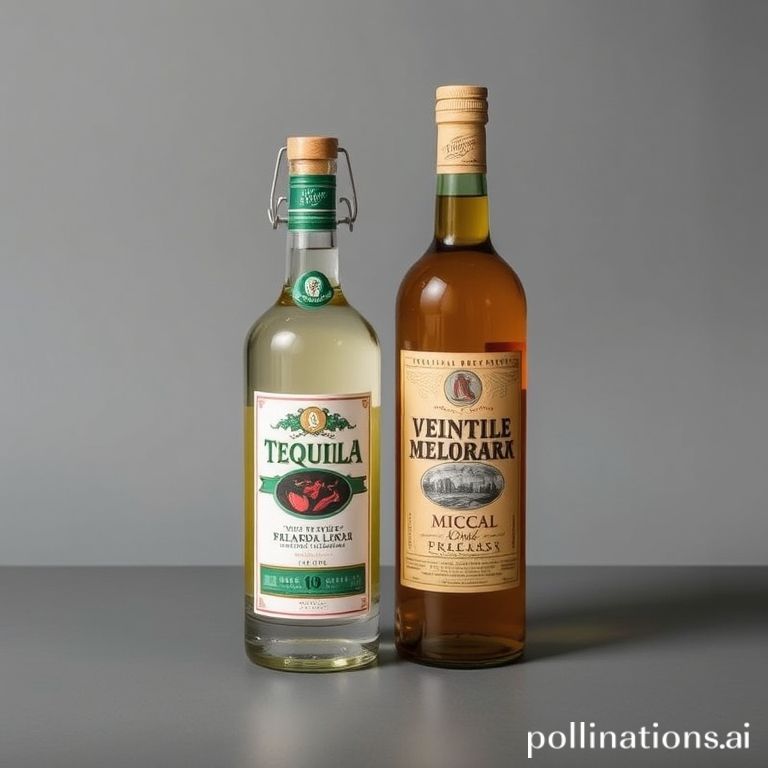Mexico’s iconic spirits, tequila and mezcal, are more than just drinks; they are liquid embodiments of the country’s history, culture, and traditions. From ancient rituals to modern mixology, the story of these agave-derived beverages is a fascinating journey through time. Understanding their origins and evolution provides a deeper appreciation for the craftsmanship and heritage poured into every bottle.
This article delves into the rich history of tequila and mezcal, exploring their origins, production methods, and cultural significance. Prepare to embark on a flavorful journey that uncovers the secrets behind these beloved Mexican spirits.
Ancient Origins: Pulque and the Agave Plant
The story of tequila and mezcal begins long before the arrival of the Spanish conquistadors. For centuries, indigenous communities in Mexico revered the agave plant for its diverse uses, from food and fiber to medicine. One of the earliest fermented beverages derived from agave was pulque, a milky, slightly sour drink considered sacred by the Aztecs and other Mesoamerican civilizations. Pulque played a central role in religious ceremonies and social gatherings, symbolizing fertility and nourishment.
The production of pulque involved fermenting the sap of the agave plant, known as “aguamiel.” This process yielded a drink with relatively low alcohol content, but its significance in pre-Hispanic cultures was immense. While pulque differs significantly from modern tequila and mezcal, it represents the crucial first step in the development of agave-based spirits in Mexico.
The Arrival of Distillation and the Birth of Mezcal
The Spanish conquest in the 16th century brought about significant changes in Mexican society, including the introduction of distillation techniques. The conquistadors, familiar with distilling spirits from their homeland, adapted these methods to the agave plant. This led to the creation of a stronger, more potent beverage that would eventually evolve into mezcal.
Early mezcal production was a rudimentary process, often carried out in clandestine stills. The agave hearts, or “piñas,” were roasted in underground pits, then crushed and fermented before being distilled in small copper or clay pots. The resulting spirit was a rough and fiery concoction, but it quickly gained popularity among the Spanish colonists and indigenous population alike.
Regional Variations and the Rise of Tequila
- Mezcal production spread throughout Mexico, with each region developing its own unique style and flavor profile based on the type of agave used and the distillation methods employed.
- One particular region, Tequila, located in the state of Jalisco, began to specialize in the production of mezcal made exclusively from the blue agave plant (Agave tequilana).
- Over time, the mezcal produced in Tequila gained a reputation for its superior quality and distinct flavor, eventually earning its own designation as “tequila.”
Tequila’s Journey to Global Recognition
The 19th and 20th centuries witnessed the transformation of tequila from a regional specialty to a global phenomenon. Technological advancements in distillation and production methods, coupled with strategic marketing efforts, helped to expand tequila’s reach beyond the borders of Mexico.
Key milestones in tequila’s rise to global recognition include:
Standardization and Regulation
- The establishment of the Denomination of Origin (DOT) for tequila in 1974, which restricts the production of tequila to specific regions in Mexico and mandates the use of blue agave.
- The creation of the Consejo Regulador del Tequila (CRT), the regulatory body responsible for ensuring the quality and authenticity of tequila.
Export Boom and International Acclaim
- Increased demand for tequila in the United States and other countries, leading to a surge in exports.
- The emergence of premium tequila brands that focus on quality, craftsmanship, and sustainable production practices.
Mezcal’s Renaissance: Embracing Tradition and Terroir
While tequila achieved widespread popularity, mezcal remained a more niche spirit, often associated with rural communities and traditional production methods. However, in recent years, mezcal has experienced a remarkable renaissance, driven by a growing appreciation for its complexity, authenticity, and connection to the land.
Consumers are increasingly drawn to mezcal’s diverse flavor profiles, which reflect the unique characteristics of the agave plants used and the terroir in which they are grown. Small-batch producers are reviving ancestral techniques, using artisanal methods to create exceptional mezcals that showcase the rich heritage of this ancient spirit.
Conclusion
The history of tequila and mezcal is a testament to the enduring legacy of the agave plant and the ingenuity of Mexican distillers. From the sacred rituals of pre-Hispanic civilizations to the modern-day appreciation of these complex spirits, tequila and mezcal represent a vibrant tapestry of culture, tradition, and innovation. As these iconic beverages continue to evolve, they will undoubtedly remain a source of pride and a symbol of Mexico’s rich heritage.
Ready to experience the authentic taste of Mexico? Share this article with your friends and start planning your next tequila and mezcal adventure!
IMAGE: A warmly lit, rustic scene inside a traditional Mexican distillery. In the foreground, a weathered wooden table holds several glasses of tequila and mezcal, along with roasted agave piñas. In the background, copper stills gleam softly, and a distiller is carefully monitoring the process. The overall mood is artisanal, authentic, and inviting, with earthy tones and a hint of smokiness.


